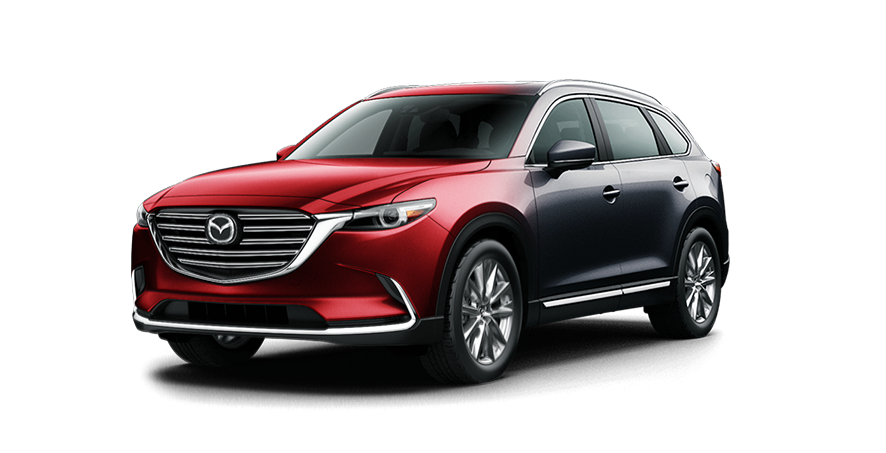When putting a car on the second hand market, sellers most often include dealership service history, low kms, optional extras and high quality aftermarket parts as perks that differentiate their cars from the rest of the offerings, commanding higher prices too. However, there’s one thing that effortlessly defines a good used car deal, and that is colour. Yes, a car’s colour can make or break the deal even though everything surrounding it is just perfect. Some surveys claim that a car colour is the defining factor in almost 80% of car buys, and that applies to the used car market as well.
When buying a new car, it’s natural that you choose exterior and interior colours by your preference, but once you’re about to sell that same car, you’re catering to potential buyers who might not share the same taste as you do. All of a sudden you come to realise that vibrant yellow or gentle pink that made your car so special and unique now fails to attract any buyers, and you end up waiting weeks for a kindred spirit to write you an enquiry.
So, what car colours have the best resale value? First of all, let’s look at the statistics. Turns out that Australia prefers bright cars, with white being the most popular choice. Around 30% of Australians chose white in recent years, which is a stunning one third of the market. Silver also takes up a lot of the market share with around 20%, followed by blue, black or grey which all have similar 10%-11% ratings. The least conservative popular colour is red, and it sits at around 7%. The rest of the pie can be dispersed to all the greens, golds, purples and other colours we rarely see in everyday traffic.
When looking at global trends and Australia’s harsh climate, the country’s choice of car colours doesn’t surprise much. As bright colours, white and silver reflect more light, making the car heat up slower in the blistering sun. They are also easier to maintain as they’re not as unforgiving as black or dark blue when it comes to keeping the cars looking clean. Looking at the statistics, bright colours could also be considered the safest, because white or silver cars are easier to notice in the dark.
So, with that in mind, the most logical answer is that white and silver cars have the best resale value as they are the most in demand. According to statistics, white, silver and red cars depreciate slower than the others, and black is also a safe colour despite all the challenges of keeping it clean all the time. When it comes to normal cars, normal colours truly work the best, and it’s a known formula. That still doesn’t mean that you should conform to choosing the favourite Aussie colour, as buyers sometimes value unusual paintjobs more. According to that logic, a conservatively coloured car will maybe sell quicker because the market is swarmed with supply and demand, but a specific, yet appealing colour will be valued more by the right buyer. A turquoise Audi seems like nobody’s choice, but an elegant champagne one will surely spark some interest.
Counterintuitively, other market segments work in a different way. When it comes to performance cars or cars that preach a certain lifestyle, second hand buyers tend to pay more for cars that don’t fit the mould. Unusual colours make a car stand out in relatively generous supply of boring white and silver, hence they are more interesting to the buyers. For example, boldly coloured BMW M cars are scarcer, and as such, they are more interesting to enthusiasts who want something other than just performance. A good example is also everything HSV-badged, where so-called hero colours like Spitfire green or Light my fire orange truly make a difference when reselling.
So, a type of car that you’re selling is also a defining factor when it comes to commanding higher or lower prices. Our general advice is to stick to white and silver if you’re buying domestic cars, Japanese imports and utes. Big European imports from Mercedes-Benz, Audi and BMW have stately appearance that makes them look good in silver, black and dark blue. On the other hand, smaller cars from the same brands have sportier looks, and they will attract buyers in white and red as much as in black and silver. Conservative German sports cars often look the best in conservative colours, so a Porsche will always look the best in classic metallic silver with black or beige interior.
Compacts rely on charms and their lifestyle appeal, so bold and vibrant colours could end up being a better choice than the classics. Still, if you’re not into risking the resale value of your compact, a white or red one will always work in your advance. When it comes to performance versions of regular cars, always choose the rarest colour if you want to keep the car’s value, especially if it’s a special or limited edition model. Judging by the current trends surrounding remarkable cars, rarity and limited supply pays off as your car has a greater chance of becoming a collectible even in a couple of years’ time. Who knows, you might end up with a car that’s worth more in ten years than it is today!
Now that we matched colours to specific market segments, we hope that we help you understand the bigger picture of this dilemma. At the end of the day, it all comes to a specific car and a specific situation, although you definitely won’t make a mistake if you buy a car in white. Also, be aware that a well-kept example will always command a higher price regardless of its colour, unless that colour is really really strange.
